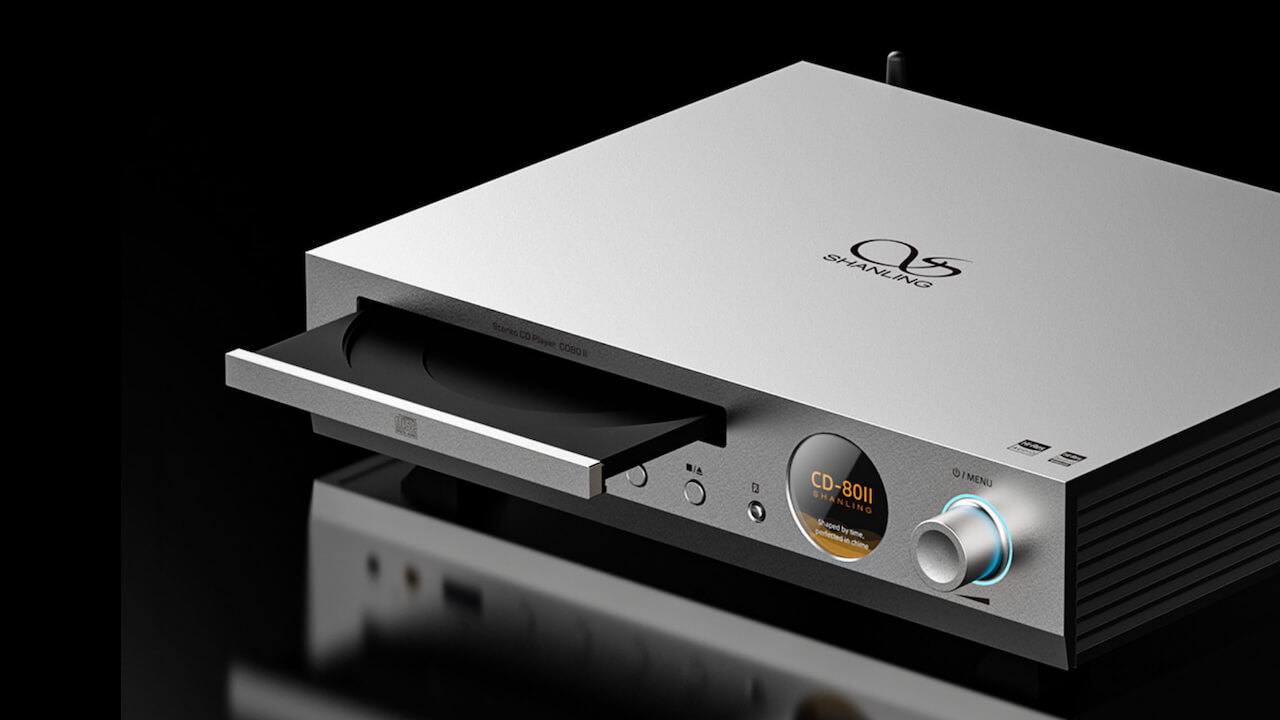In today’s fast-paced digital world, performance matters. Whether you’re running a server, gaming rig, or office workstation, the speed at which your system accesses and retrieves data significantly impacts your productivity and user experience. This is where SSD caching comes into play—a performance-enhancing technology that bridges the gap between traditional hard drives and high-speed solid-state […] The post Boosting System Performance with SSD Caching: What It Is and How It Works appeared first on .
In today’s fast-paced digital world, performance matters. Whether you’re running a server, gaming rig, or office workstation, the speed at which your system accesses and retrieves data significantly impacts your productivity and user experience. This is where SSD caching comes into play—a performance-enhancing technology that bridges the gap between traditional hard drives and high-speed solid-state drives (SSDs).
What is SSD Caching?
SSD caching is a technique that uses a solid-state drive (SSD) to store frequently accessed data and applications temporarily. This cache acts as a high-speed data layer between the system memory and the main storage (typically a slower HDD), allowing quicker access to commonly used files.
Instead of replacing your existing hard drive with an SSD, SSD caching supplements it by storing critical data on the SSD while keeping the bulk of data on the HDD. This setup can significantly reduce load times and improve system responsiveness without the higher cost of a large-capacity SSD.
How SSD Caching Works
SSD caching relies on software or hardware-based caching mechanisms that automatically determine which files or applications are used most often. Here’s a simplified breakdown of the process:
- Initial Access: When a file or application is accessed for the first time, it is read from the slower HDD and loaded into the system memory.
- Caching: Simultaneously, the caching software or hardware stores a copy of this frequently accessed data on the SSD.
- Subsequent Accesses: On future access attempts, the system checks the SSD cache first. If the data is present (a cache hit), it’s read from the SSD, resulting in significantly faster performance. If not (a cache miss), it falls back to the HDD.
The process is dynamic and adaptive—continually learning and updating what gets cached based on usage patterns.
Types of SSD Caching
- Write-Through Caching: In this method, data is written to both the SSD cache and the HDD simultaneously. It prioritizes data integrity, ensuring all information is safely stored on the main drive, but may not offer the fastest write performance.
- Write-Back Caching: Data is first written to the SSD, then later transferred to the HDD. This offers higher write speeds but comes with a higher risk of data loss in the event of a power failure before syncing occurs.
- Read Caching: This focuses solely on accelerating data read operations by storing only the frequently read data on the SSD.
Benefits of SSD Caching
- Improved Boot Times: Operating systems and startup programs load faster.
- Faster Application Launch: Commonly used applications start up more quickly.
- Enhanced User Experience: Reduces system lag and improves responsiveness.
- Cost Efficiency: Offers performance close to an all-SSD system at a fraction of the cost.
- Extended HDD Lifespan: Reduces read/write cycles on mechanical drives.
When Should You Use SSD Caching?
SSD caching is particularly useful in scenarios where:
- You need a large amount of storage but can’t afford a high-capacity SSD.
- You want to improve the performance of an older system without a complete hardware overhaul.
- You’re running resource-heavy applications or multitasking environments.
Limitations of SSD Caching
While SSD caching can dramatically improve performance, it’s not a silver bullet. Here are a few limitations:
- Cache Size Constraints: A small SSD may not cache enough data to make a noticeable difference.
- Dependency on Software/Hardware Support: Requires compatible motherboard/chipset or third-party software.
- Limited Impact on Random Data Access: Less effective when accessing data that changes frequently or is rarely used.
Conclusion
SSD caching is a smart, cost-effective way to enhance system performance, especially for users who require both high-speed access and large storage capacity. By storing frequently used data on a faster medium, it delivers many of the performance benefits of a full SSD upgrade while maintaining the affordability of traditional hard drives.
If you’re looking to breathe new life into an aging PC or optimise the performance of a budget-friendly workstation, SSD caching could be the solution you need.
The post Boosting System Performance with SSD Caching: What It Is and How It Works appeared first on .










